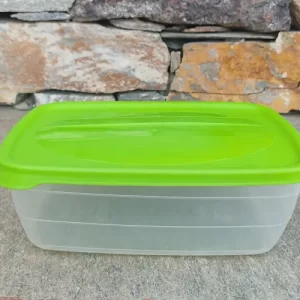Why reduce Single-Use Plastic?
Single-use or disposable ?
The term refers to the use of objects that are used only once before we throw them away. And how long does this one use last?
Remember the last time you enjoyed your coffee in a plastic cup while walking in Andros or when you ordered food at home and they brought it to you in a styrofoam box.
The answer is from a few seconds to a few hours.

How to reduce single-use plastic
From July 3, 2021, the production and marketing of this single-use plastic is no longer permitted.
Plastic cutlery, plates, straws, glasses, food containers made of styrofoam, drink stirrers cotton swabs, balloon holders as well as any kind of product that decomposes into microplastics.
“And now what”, you wonder? Are you anxious? Are all these items really so valuable and useful in your daily life that they make you wonder how you will survive without them?
We need to change our habits now. We need to reduce the use of plastic in general and especially single-use plastic. Let’s keep Andros a paradise and stop this waste from polluting our land and sea.
Choose these items instead

A fabric, wicker or other reusable bags for your shopping
You will shop with your personal style

Food container and cutlery
For your lunch at work, on the beach or during hiking the paths of Andros

Stainless steel or glass water bottle
You can always fill it for free with Andros water.

A reusable food container
To store leftover food in the refrigerator/freezer

A glass with a straw or a reusable mug for your takeaway drinks
It will also maintain the temperature of your coffee better.

Multi-purpose straws
Multi-purpose metal straws or wheat and paper
Every small step will make a big change. Let’s go one step further by making choices that leave the smallest environmental footprint on our island. Choose products made of natural materials like wood or recyclable glass, metal or paper.
For example:
Wooden or metal pegs, hangers, food containers, toys and a lot of other items that are used for a short time.
Products in bulk and not packed in plastic. Glass bottles to get free water from Andros and not to buy bottled in plastic bottles.
- Where we recycle plastic
Do you want to help reduce waste? Do you dream of a cleaner and greener Andros?
- Find the nearest recycling bins and help recycle!

Andros, previously known as Hydroussa, is the greenest island of the Cyclades.
- Filtered water stations
There are filtered water stations provided by TEMAK, in the three urban centres of Andros and specifically in Gavrio, Batsi, and Korthi. These stations have a quality guarantee and each station displays the water quality test results